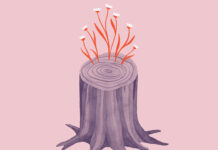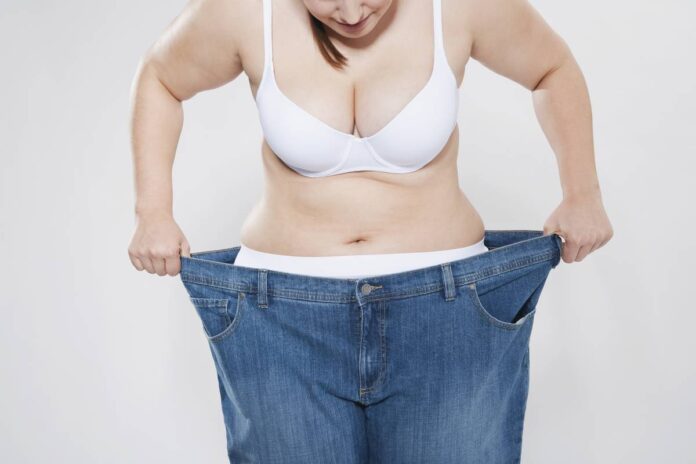
Obesity and being overweight is a significant health concern for virtually every developed country on our planet today. Up to two-thirds of some populations could benefit from mild-to-moderate weight loss.
When people start talking about losing weight, their goal is to get rid of the extra fat that they carry around with them everywhere.
One of the most common questions that people ask the first time they start a diet involves what happens to the fat when you lose some weight. The answer is more surprising than you might realize.
How Does Fat Loss Work?
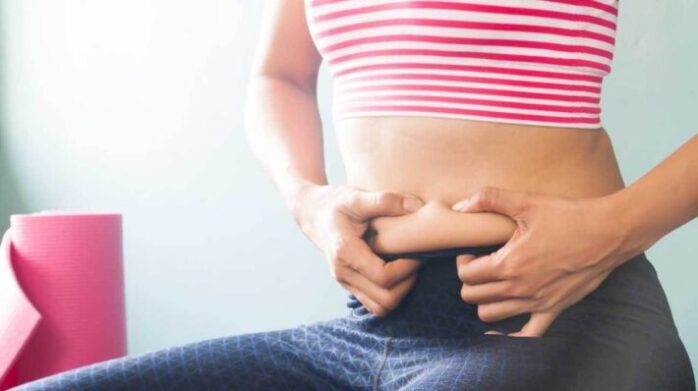
When you have extra energy from the foods that you eat, then your body doesn’t have a way to get rid of it. The additional food products get expelled as waste, but you also have macronutrients that get absorbed by your digestive system. These items are usually in the form of calories that come from carbohydrates or fats, although proteins can also create this result.
The extra energy gets kept in the fat cells that your body stores in the form of triglycerides. If you continue to eat enough to exceed the total capacity of what you need, then a surplus of these reserves begins forming.
Fat can get stored at any place on your body. Most people see a significant bulge start to form around the body, but it can also develop around the ankles and calves, around the neck and face, and throughout the upper torso.
That means the only way to get rid of these extra reserves is to stop giving your body more energy than it needs. This action is called a “calorie deficit.”
Individual needs can vary when trying to create this deficit with your dietary patterns. The level of activity you have each day often dictates what is necessary. Someone who sits eight hours a day in front of their computer has very different needs when compared to a professional athlete who works out twice per day.
Most people can benefit by creating a daily 500-calorie deficit for themselves to start seeing a noticeable loss of fat.
As you maintain this deficit, the fats get released from cells to go to the energy-producing mitochondria. Then it gets broken down into usable energy. When you can continue this process for an extended time, then more fat reduction can occur.
How Do I Create a Calorie Deficit?

You have two ways to create a calorie deficit.
Most people find that it is easier to reduce the amount of food that they eat daily to create this result. If you are used to eating a 2,500-calorie diet, then switching to 2,000 calories lets you hit the desired number immediately. Also, you can use supplements to help you reduce body weight and create that deficit. Visit here if you need more details.
You can also achieve this result by adding aerobic exercise to your daily routine. If you add 60 minutes of moderate activity that boosts your heart rate into a fat-burning zone, then you can create a 500-calorie deficit.
A combination of resistance training and aerobic exercise can maximize your body’s ability to burn calories. Bodyweight exercise, lifting weights, and using resistance bands are all ways to achieve a positive result.
If you cut out 500 calories from what you eat each day while exercising for an hour, you could double the daily result to encourage even more fat consumption.
It is usually easier to cut out 250 calories from your diet while adding enough exercise to take care of the other half needed in that equation.
Where Does the Fat Go When I Lose It?
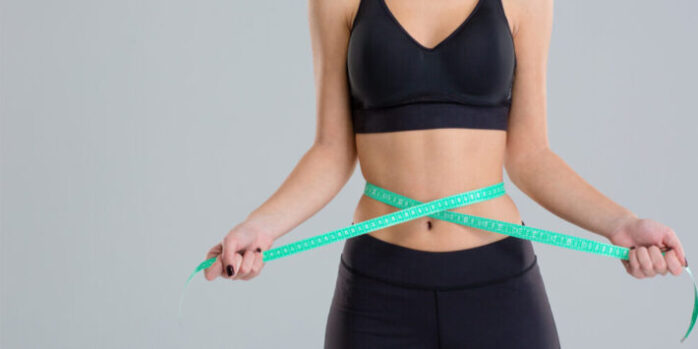
When you start using the stored energy in your fat cells, then begin to shrink in size.
That’s why you can begin seeing changes to your body shape as the caloric deficits continue.
When the fat gets broken down into the energy needed for your body, carbon dioxide and water get released as the complicated processes create change. When you breathe, then you exhale the CO2 into the atmosphere.
The water made through this work gets distributed through your body, eliminated as waste, or sent through your skin to act as sweat.
The only problem with energy consumption from fat for people is that the body is unpredictable about where it takes resources. Most individuals want to see results along their stomach, thighs, butt, or hips, but your body uses whatever option is the most convenient.
Lifestyle factors and genetics can also play a role in how fat gets distributed throughout the body. That means the same influences can impact how the energy gets used when creating long-term caloric deficits.
If you have lost weight in the past and had it come back again, then your body might distribute the extra energy differently than it did in the past. This process also affects how it uses fat when it needs an extra boost.
Why Is It Tough to Keep Fat Off of My Body?
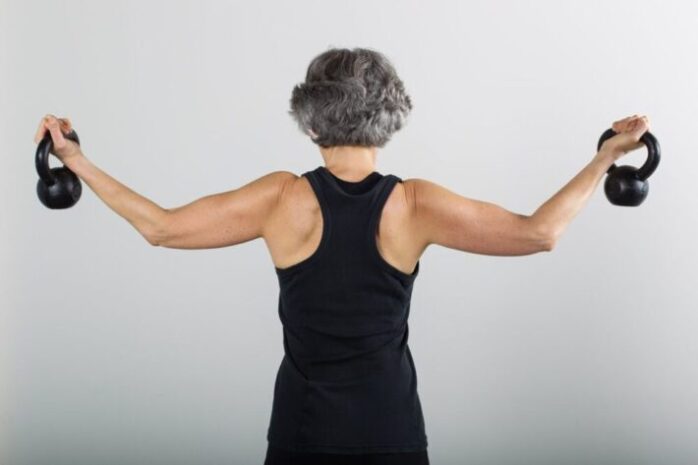
Anytime you eat more calories through foods or beverages than your body burns, then the fat cells start increasing in size and number. When you can use that stored energy, then the cells start shrinking in size, although they don’t typically disappear.
When you see changes happen to your body, it is a change in shape instead of the overall number of fat cells.
That means when you start losing weight, the fat cells are still there. If you don’t continue your work toward a lower number on the scale, then it doesn’t take much for them to grow in size again. It is one of the reasons why some people struggle to keep their weight off after they have a successful dieting experience.
Most people can lose about 10% of their starting body weight during the first six months of dieting with comprehensive lifestyle interventions. You can increase that amount with significant increases in how much exercise you get each day.
Sleep quality, age, gender, and other factors also play a role.
You always have those fat cells. How you manage their existence is what will dictate what you weigh each day.

